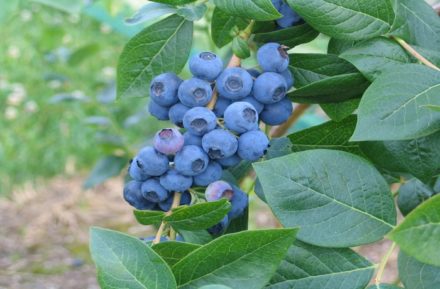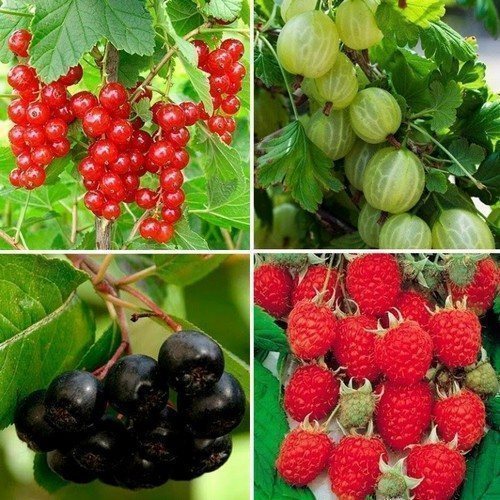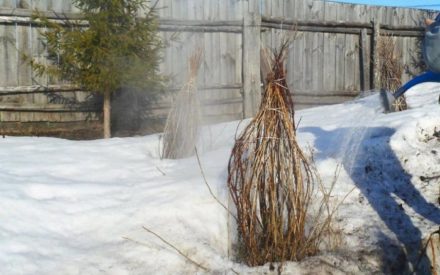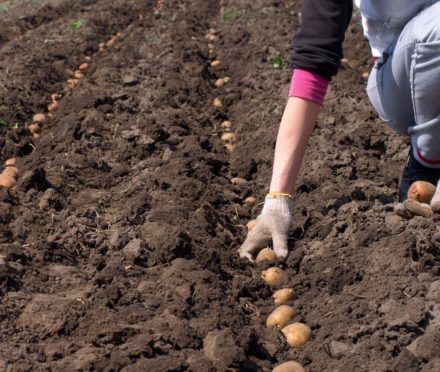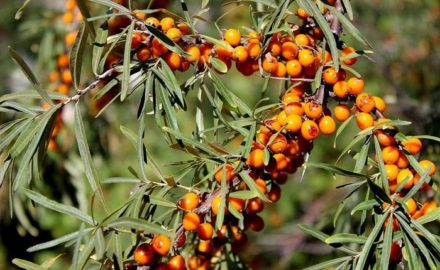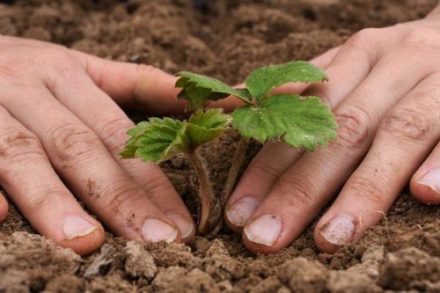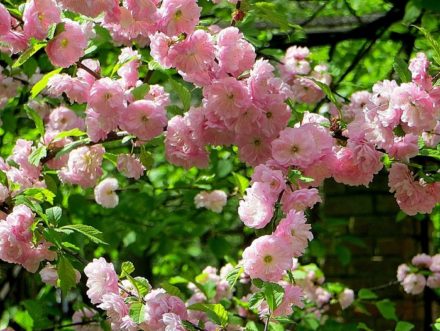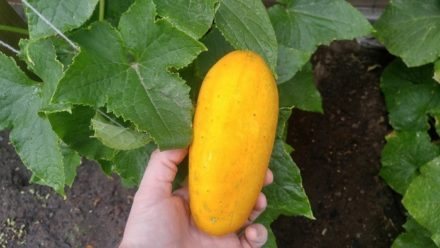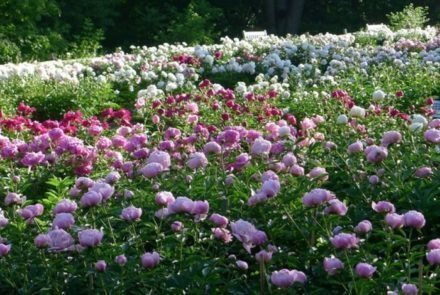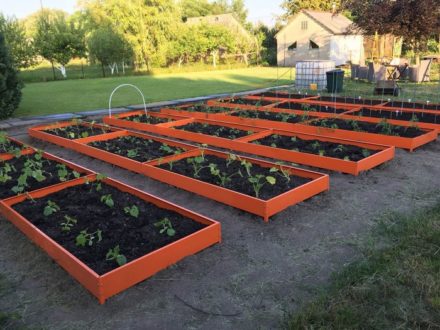Spring work on the site is in full swing. Now is the busiest time for gardeners. You need to have time to carry out all the important activities in time so that the berry bushes bring a good harvest and delight you with a healthy appearance.
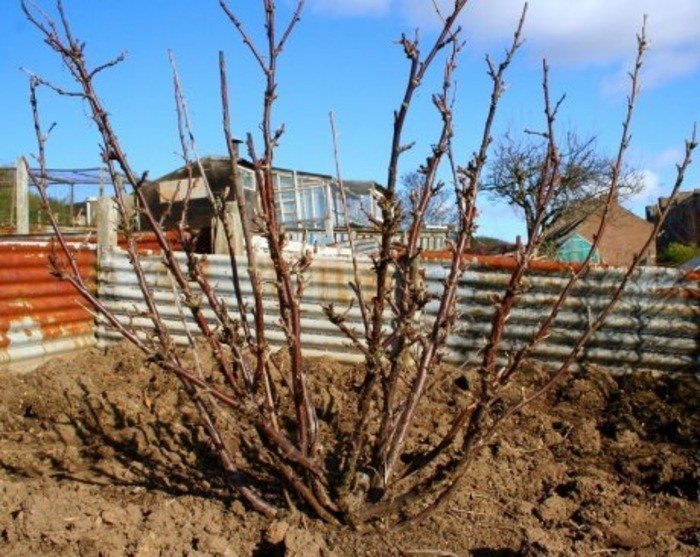
Removing covers
At the very beginning of spring, you need to remove the cover from the grapes as soon as the air temperature becomes stable and above 0 degrees. If this is not done on time, there is a high probability that the grapes will rot. Damage from bacteria, fungus and mold may occur, which will lead to the development of diseases and even the death of the crop. You need to remove the shelters gradually - first remove the massive shelters that pressed the vine to the ground (slate, boards, etc.). The spruce branches are removed later and done gradually, opening them during the day and insulating them at night. As soon as the buds swell, the cover from the grapes is completely removed.
Raspberries need to be untied; gardeners usually tie them into bunches and bend them to the ground. This should be done as early as possible so that the branches straighten and take a vertical position.
Checking berry bushes for diseases
Winter is a difficult period, and plants emerge from it weakened and exhausted. If there are problems, for example, bud mite damage, then it is necessary to collect the infected buds or completely cut off such branches and burn them. All damaged and broken branches are also removed.Cut off all branches older than 3 years on old bushes. This will allow new shoots to sprout, and the bush will be lush. All cuts must be treated with garden pitch. Cut off the tops of raspberries by 10 cm, which will allow the shoots to branch better and increase the yield. Remove all branches near the ground on currants and gooseberries.
An important event that cannot be missed is the formation of currant and gooseberry bushes. You can start doing this as early as March. Young 1-2-year-old bushes need to be heavily pruned, leaving 2-4 buds. In the first year after such pruning, good young shoots will appear. Only 3-4 strong branches should be left on 2-3-year-old bushes, the tops should be shortened, making a cut above the bud. Without pruning, the bushes become very dense, the berries become smaller, and the risk of various diseases is much higher.
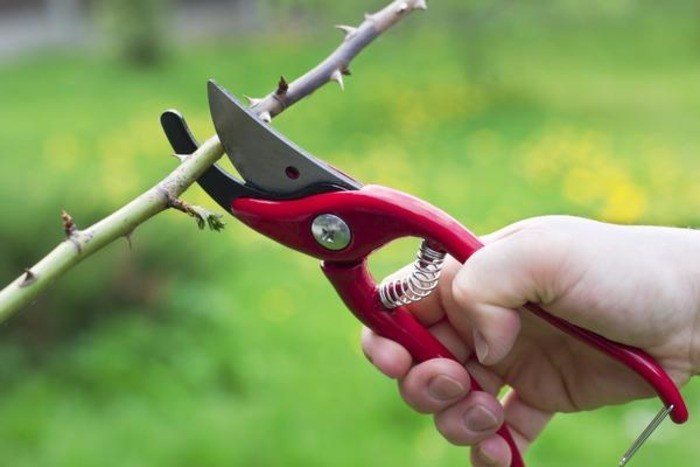
Feeding berry bushes
Fertilizing is the most important stage, and it must be done correctly. There are several rules:
1. Observe the doses of fertilizers.
2. Fertilize those plants that are already well rooted.
3. Before applying fertilizers, it is necessary to water the bushes.
4. It is better to apply fertilizers in the evening or in cloudy weather.
In the spring, plants need nitrogen fertilizers, so horse manure, ash, rotted cow manure, compost are well suited. The soil can be mulched on top. If nitrogen, potassium and phosphorus were not applied in the fall, this can be done in the spring. They are applied in the required dose around the bush and sprinkled with earth.
Young bushes up to a year do not require additional feeding, because they receive all the nutrients from the planting hole.
Spraying berry bushes
Shrubs are treated in early spring, before buds open. For fungal diseases, drugs such as copper sulfate, Bordeaux mixture, Azofos, Hom, etc. are used. Leaf litter is also sprayed along with the bushes. It is worth treating shrubs and pests. They are different for currants, gooseberries and raspberries. Currants and gooseberries will benefit from drugs such as Kinmiks, Actellik, and raspberries – Fufanon or Kemifos.
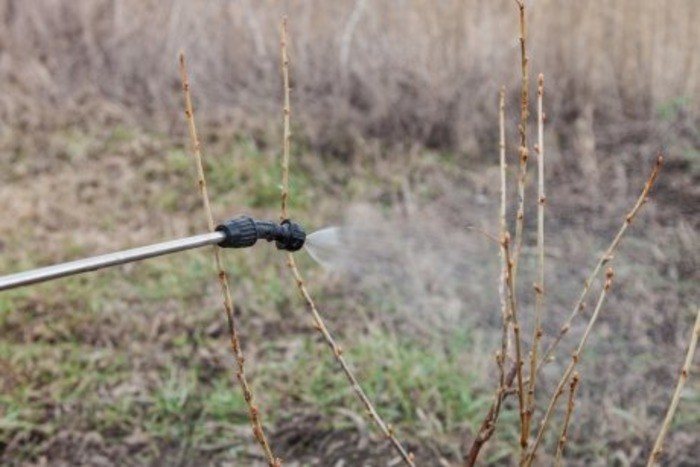
If you follow the necessary recommendations and take care on time, your berry bushes will definitely delight you with a good harvest.


